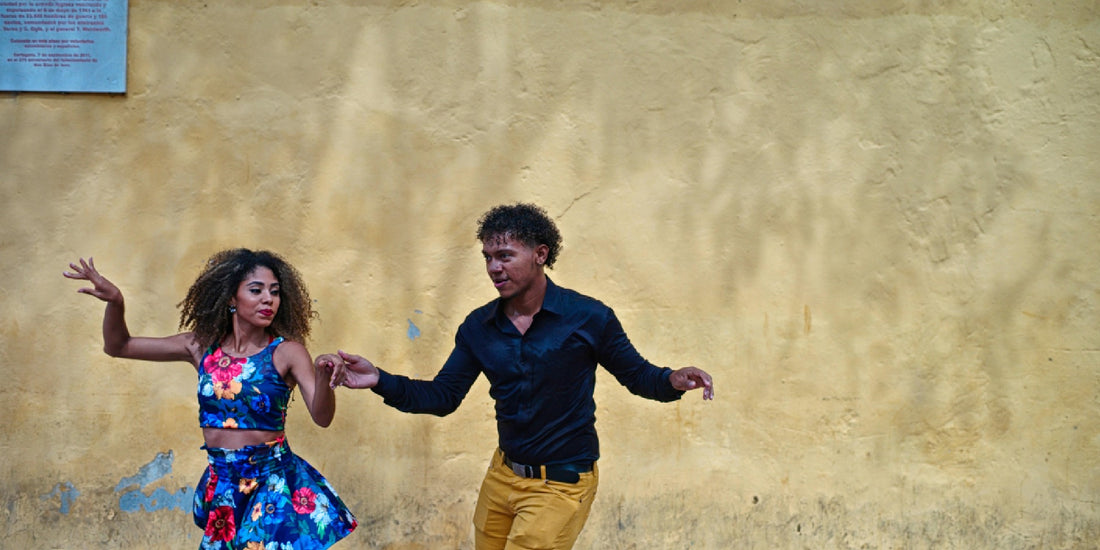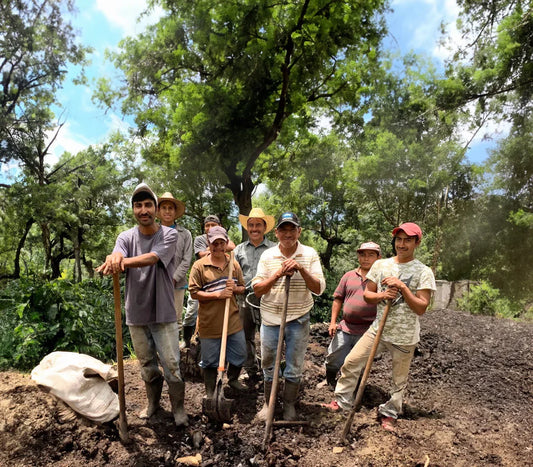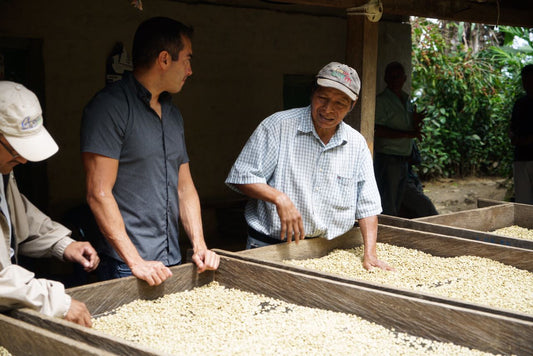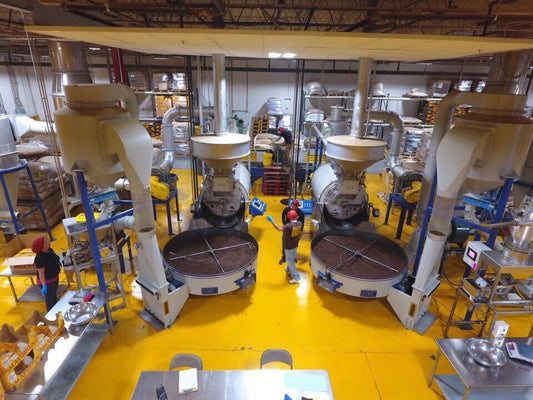
Salsa: Latin America's Rhythmic Gift to the World
Salsa is more than just music. It's a way of life.
Is there any style of music more incredibly danceable than Salsa? We'd challenge anyone who thinks so.
Table of Contents
Whether it's sounding from speakers in the street; a kitchen radio or the stereo in your car: Salsa has the power to lift any Latino out of a lull.
And it's not just us: Salsa has captured the hearts of people around the globe. Let's explore further.
Salsa as described by those who dance it
"We all have an innate pride in knowing how to dance and move our hips," says Teo Gómez, the owner and main dance instructor at The Salsa Sabrosa School in New York.
"It also gives an important sense of identity where one can feel represented by something as global as a musical genre."
For years, Teo has seen the important role that salsa plays in Latino communities.
Today, the global appeal of our music in general is undeniable. But salsa holds a special place in the hearts – and hips – of many.
In particular, Teo believes that the fast-paced rhythm of salsa has kept it popular over the decades, even as genres such as reggaetón become more and more popular.
"There are many people who are still interested in salsa music and dancing, and our culture is kept alive thanks to this," Teo says. "I think it is something that will always be here. And it is important that it is.
"It is important to support and keep alive this genre that represents so many Latino countries and that salsa continues to live on in New York as a representation of our culture.
"Salsa is important, not only from a physical point of view, but also from an emotional and psychological one. It allows us to create bonds, have fun, and celebrate our heritage."

Salsa's rise in popularity
With renowned names such as Celia Cruz, Tito Puente and, more recently, Marc Anthony, connected to the genre, salsa music has enjoyed popularity since the 1960s when it first emerged in New York City.
"Salsa provided a rhythm and music that we could live by," Izzy Sanabria, a music promoter, explains. "It was the essence of the Latino soul."
Soon, everyone embraced the new Cuban-style music that was being played from inner-city discos to the streets of Harlem. Today, it sits alongside other iconic music genres, such as bachata and kizomba, as a way of expressing ourselves and celebrating our cultural diversity.
"Salsa is one of the most dynamic and important musical phenomena of the 1900s," says Danny Cepeda, who is based in San Diego. "In many Hispanic communities, it remains the most popular style of dance music."
A real turning point was 1978, when Fania Records released the best-selling and most influential salsa album of all time: Siembra. A collaboration between salsa artist Willie Colón and singer-composer Rubén Blades, the album urged us to shun consumerism and wake up to the real truths that surround us.
"There is a sense of passion, vulnerability, and urgency in the songs that I find so appealing that I have to move to," says Perla LaGadeon.
"The music is not easy listening because it can appear too busy and all over the place for people who are not used to it. But when you learn how to move your body to the music you will appreciate all the nuances.
"You have to be fully present in the moment, and navigate your body to the music and your partner. I simply cannot feel bad or focus on problems while dancing – and that feeling of constant elation on the dancefloor has not worn off so far."

Crossing class barriers: Salsa's origins
Situated on Broadway and 53rd Street, the Cheetah Club is regarded by many as "the birthplace of salsa" in the US.
It is here that renowned artists such as Willie Colón and Héctor Lavoe performed, and where musicians such as Johnny Pacheco, Larry Harlow, Ray Barretto and Eddie Palmieri worked.
For many, the Cheetah Club is synonymous with salsa and supposedly where the name of the genre was coined. From here, it captured the city and, before long, it could be heard in neighborhoods all across Manhattan and beyond.
Salsa was first danced to by immigrants and the working classes, explains Teo. But soon people from a range of different backgrounds were dancing to its beat.
Everybody surrendered their body to the drums and trombones, smashing through social barriers that many of us considered unbreakable at the time.
"Salsa has no class barriers," Teo says, "and no one pays attention to the status of individuals on the dance floor."
And although the music "has gone through slower pop- and ballad-infused variations as decades have passed", for most musicians like Eddie, it has always been about the basics.
Whether it's la salsa vieja or la salsa dura, he says that what "keeps fans around the world moving their feet, and what keeps people emotionally and culturally connected over time, is the rhythm and the beat".


